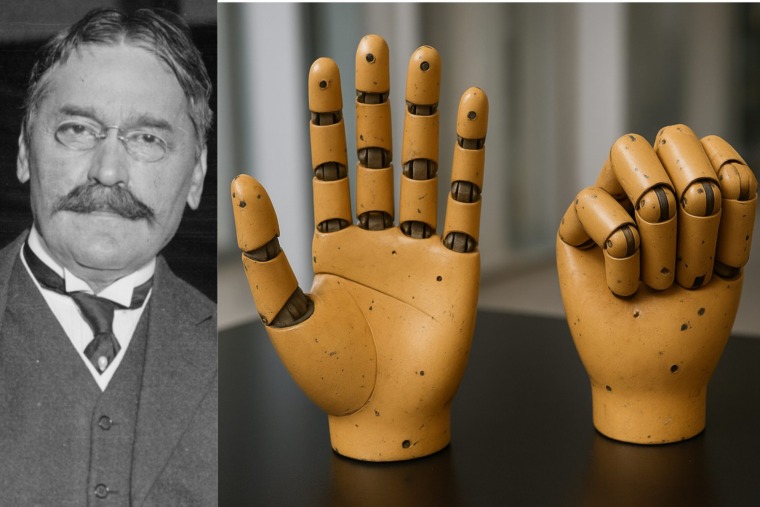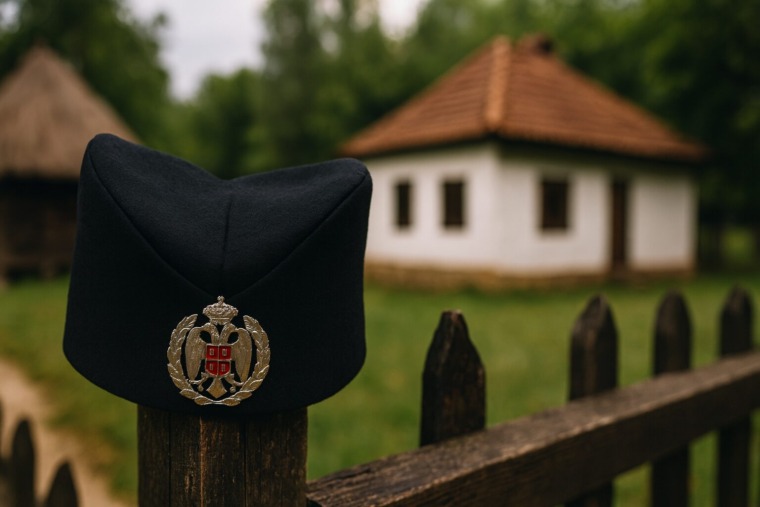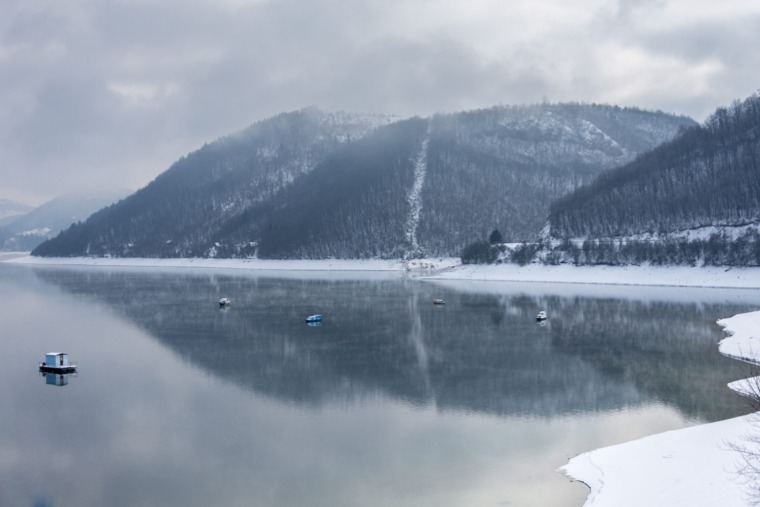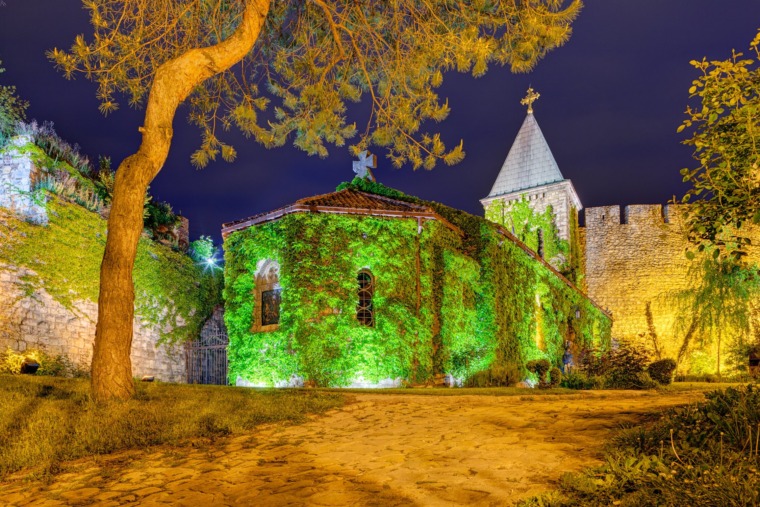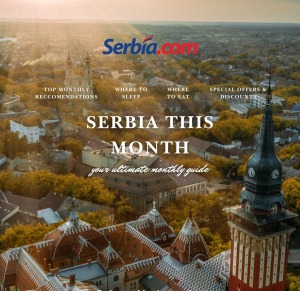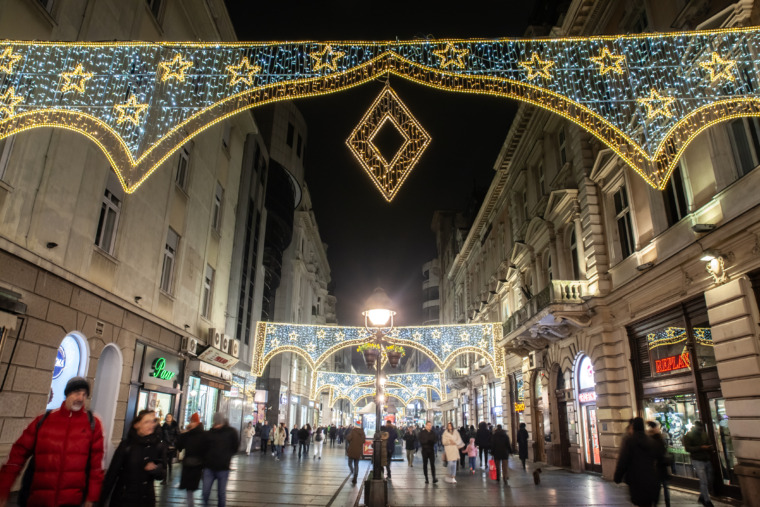
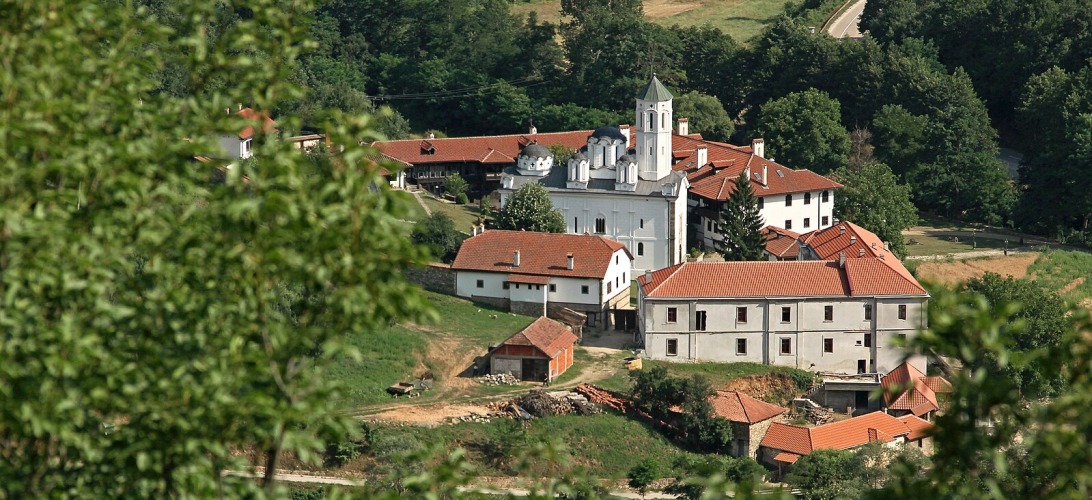
Tucked away in the lush greenery of southern Serbia near the border with North Macedonia lies the Monastery of Prohor Pčinjski, one of the oldest and most significant spiritual centers in the country. Founded in the 11th century, this monastery not only stands as a magnificent example of Serbian medieval architecture but also as a place of pilgrimage, legend, and cultural heritage.
A Glimpse into History
The monastery was founded around 1050 AD by Byzantine Emperor Romanos IV Diogenes in honor of Saint Prohor of Pčinja, a Christian hermit and miracle worker who had foretold Romanos’ rise to the throne. According to tradition, the saint lived in a cave on the slopes of Mount Kozjak, and after his death, Romanos ordered a church to be built over his relics.
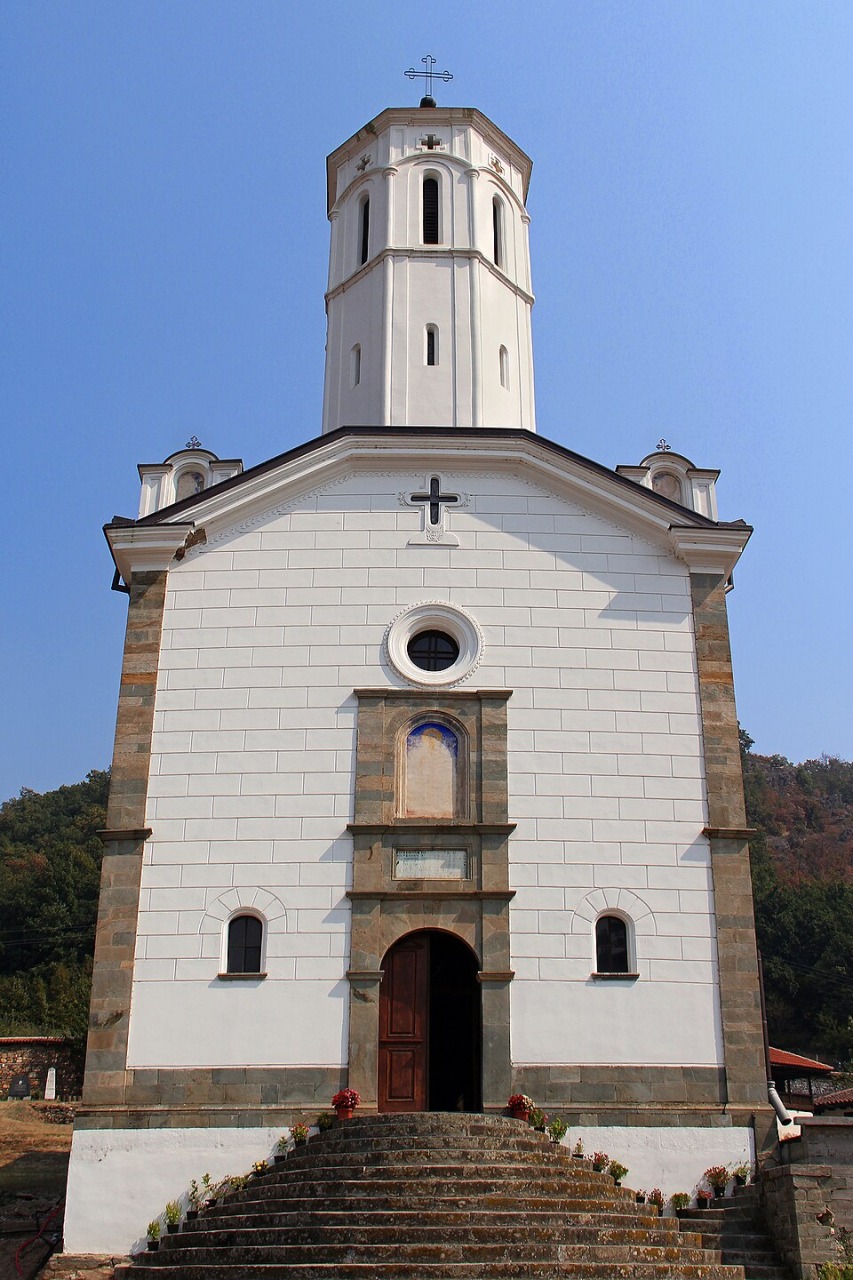
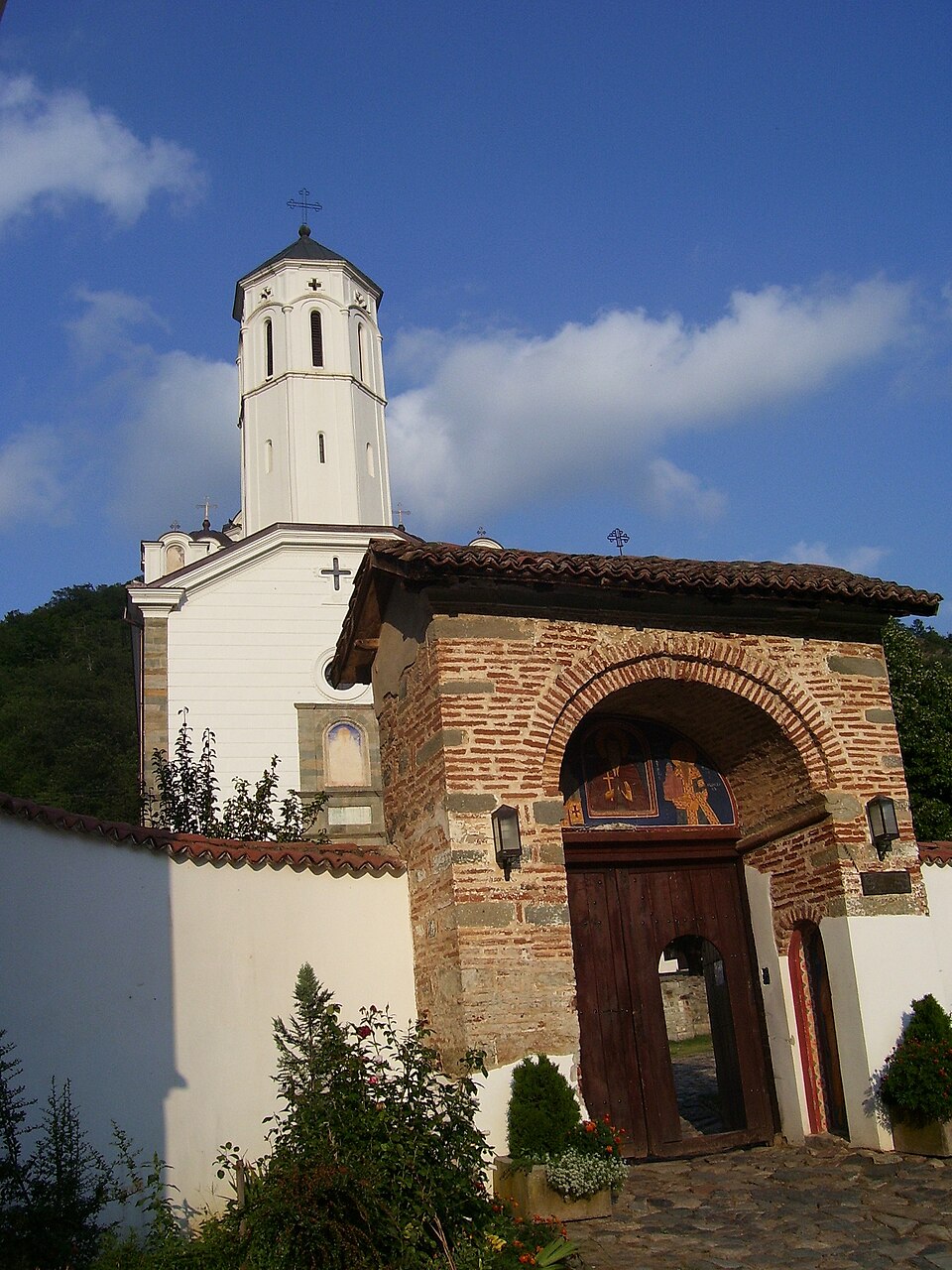
Throughout centuries, Prohor Pčinjski became a center of spiritual life, Slavic literacy, and Orthodox monasticism. The monastery faced numerous destructions and reconstructions—from Ottoman plundering, to fires and wars, yet it always rose again, preserving its sacred aura.
One of the most notable moments in its modern history took place during World War II, when the first session of the Anti-Fascist Assembly for the National Liberation of Macedonia (ASNOM) was held within its walls in 1944—marking the foundation of modern Macedonian statehood.
Frescoes and Sacred Art
The original frescoes from the 11th century are mostly lost, but the monastery today boasts stunning wall paintings from the 14th, 15th, and 17th centuries. These frescoes, painted by unknown but masterful artists, depict biblical scenes, saints, and the life of Saint Prohor himself.
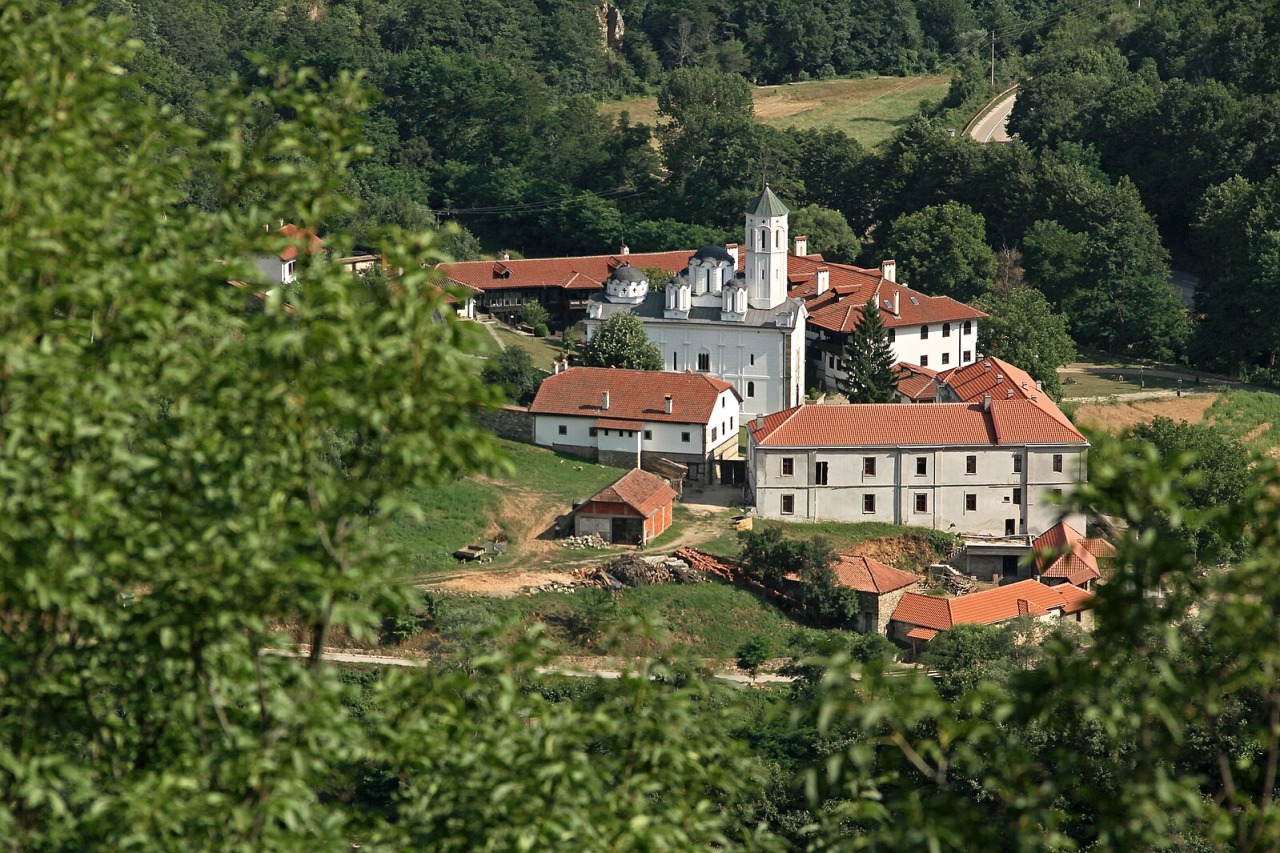
Inside the main church (katholikon), built in the Byzantine style, you’ll find:
- A richly decorated iconostasis
- Beautiful frescoes of Jesus Pantocrator, the Mother of God, and apostles
- The reliquary of Saint Prohor, which still draws pilgrims seeking healing and blessings
A particularly unique sight is the cave of Saint Prohor, located near the monastery complex. The small chapel built around it preserves the memory of the hermit saint’s life and his connection to this sacred land.
What to See and Do Nearby
Beyond the spiritual atmosphere of the monastery itself, the surrounding region offers visitors an opportunity to explore natural beauty, rural life, and historical landmarks:
🟢 Pčinja River Valley
The monastery is nestled in the Pčinja River gorge, a serene and untouched area perfect for hiking and nature walks. The views of Mount Kozjak and the surrounding forests are especially enchanting in spring and autumn.
🟡 Saint Prohor’s Healing Spring
A short walk from the monastery takes you to a natural spring believed to have healing properties, especially for those with vision problems. Local legend claims the saint himself blessed this spring.
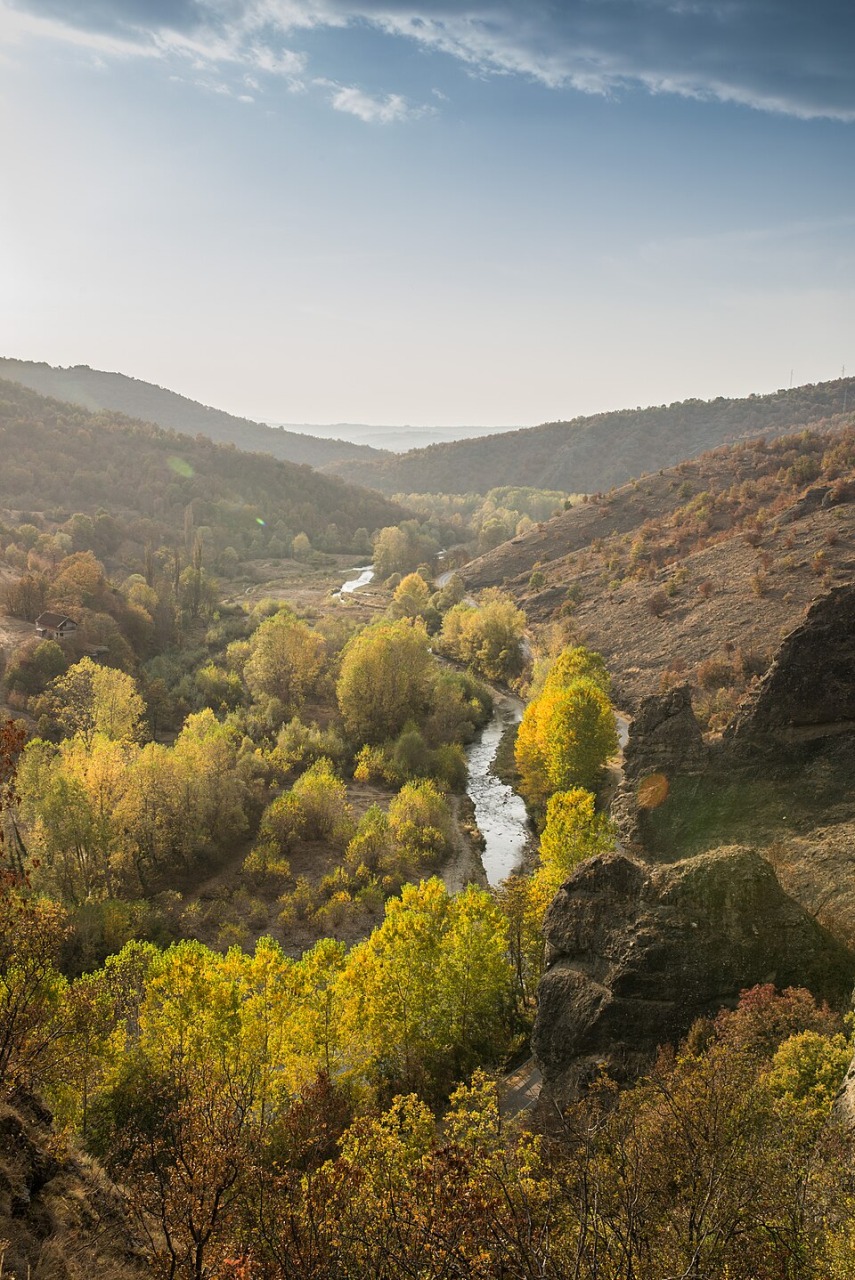
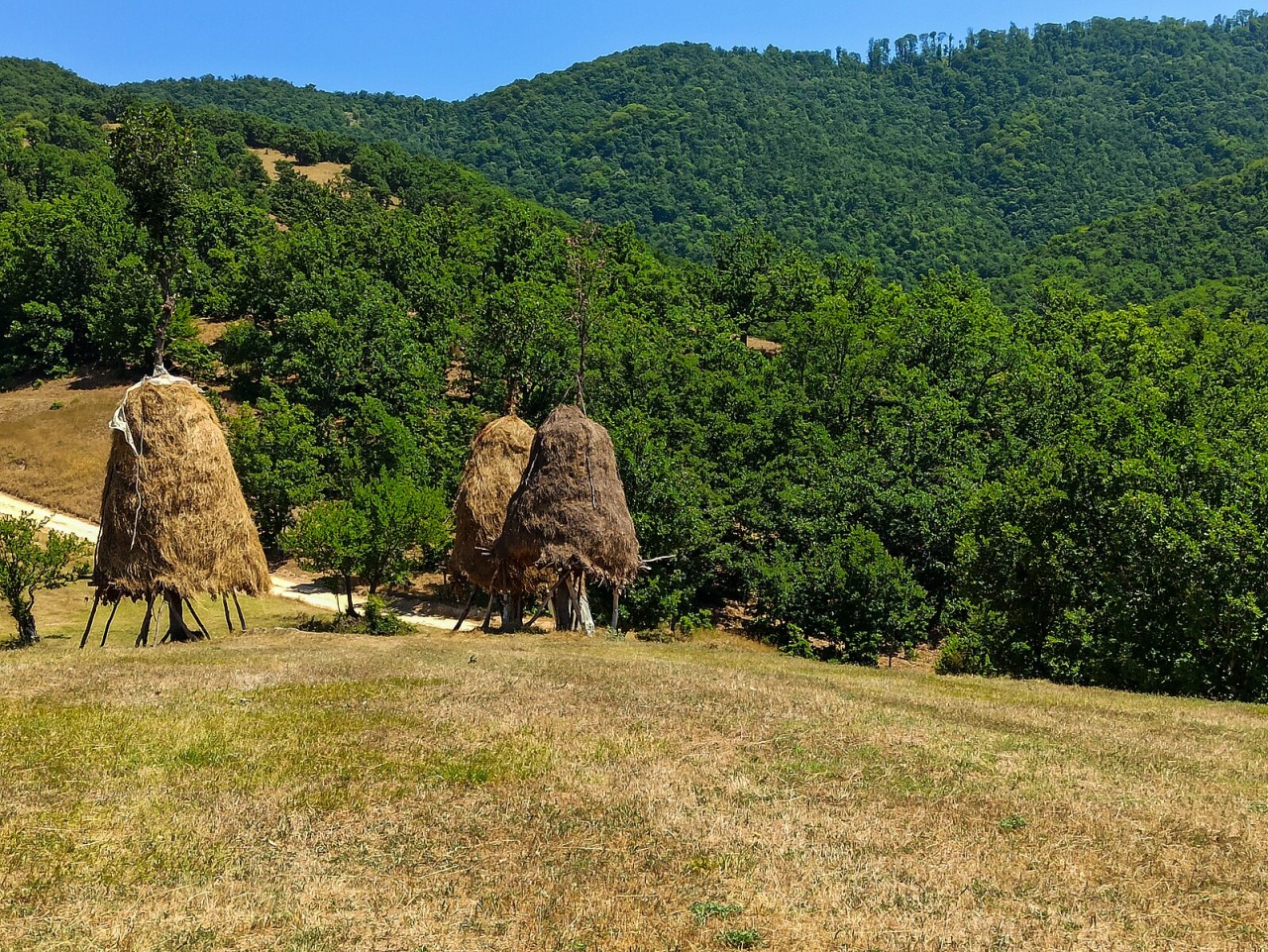
🟠 Vranje
Just 30 km away is the charming city of Vranje, known for its Ottoman-era architecture, traditional music, and as the hometown of the Serbian writer Bora Stanković. Don’t miss visiting his memorial house, the hamam, or trying the local dish “vranjska tava.”
🔵 Kozjak Mountain
Adventurers can explore Kozjak Mountain, straddling the border with North Macedonia. The mountain is a haven for birdwatching, meditative walks, and off-the-beaten-path nature experiences.
Why Visit Prohor Pčinjski?
- To feel the tranquility of centuries-old monastic life
- To admire Byzantine-inspired architecture and sacred art
- To walk in the footsteps of saints, emperors, and revolutionaries
- To find peace, reflection, and a connection with Serbia’s spiritual roots
✅ Travel Tips
- Best time to visit: Spring and early autumn for mild weather and lush surroundings.
- Dress code: As with all monasteries, modest clothing is required.
- Accommodation: The monastery offers basic lodging for pilgrims. Nearby villages and Vranje provide additional options.
Prohor Pčinjski is more than just a religious site—it is a living testament to Serbia’s resilience, faith, and deep-rooted traditions. Whether you come as a pilgrim, a history enthusiast, or a curious traveler, this 11th-century sanctuary will leave you deeply moved.
Related Articles

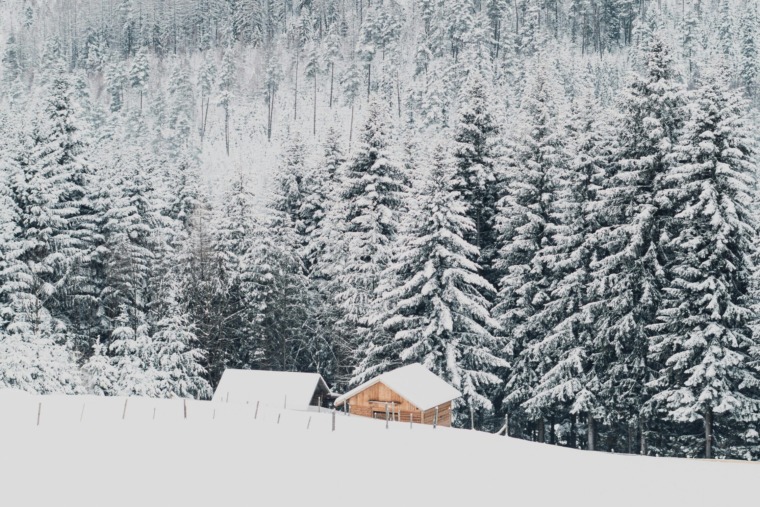
Winter Starts Here: Serbia’s Magical December
December 1, 2025